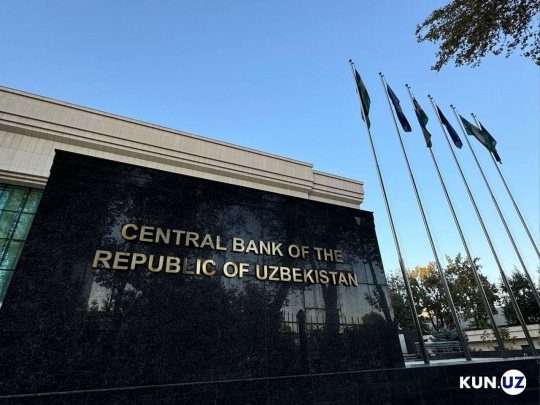State-owned banks control almost 84% of the banking system assets and this negatively reflects on the creditworthiness of private banks - Standard & Poor's report

Since 2017, in the banking sector of Uzbekistan, there has been a gradual liberalization, allowing commercial banks to become more independent in their activities, strengthen their customer orientation, and promote competition in the sector. These changes are unconditional merit of the Central Bank. This organization has other merits as well in implementation of reforms, including introduction of conversion for current operations and removal of restrictions on cash circulation.
However, the reform in the banking sector is still far from completion. The key problem of the sector is well and compactly reflected in the recently published Standard & Poor's report: “The dominant position in the banking system of Uzbekistan is occupied by state banks, controlling a total of almost 84% of the assets of the banking system, in which a large proportion of direct lending, which limits competition and negatively reflects on the creditworthiness of private banks. In addition, the government uses most state-owned banks to provide financial support to key sectors of the economy”.
The previously published report of the International Monetary Fund (IMF) complements the above diagnosis: “The impact of monetary policy instruments on lending terms remains weak due to a strong segmentation of the lending market, where about 60% of loans are allocated on concessional terms. Although the refinancing rate of the Central Bank significantly affects the conditions for granting loans at commercial rates in national currency, the share of this segment is only about 20% of the total volume of loans issued”.
The central bank has repeatedly stated that the goal of raising (up to 16%) and keeping a high refinancing rate is to fight against inflation. Everything is logical. A high refinancing rate makes loans expensive. Thus, it limits the excess cash issue, which is the main cause of inflation.
However, from the reports of two international organizations, we see that in practice, a completely different policy is being pursued: a significant part of loans is issued on concessional terms, that is, at a low interest rate, which is the reason for a significant credit issue exceeding the growth rates of the economy and inflation. Here is an excerpt from the already mentioned IMF report: “By September (2018 - approx.), lending to the economy increased by 43.5% (on an annualized basis). About 60% of new loans were issued by a decision of the government and financed from public sources”.
In other words, the Central Bank’s measures to curb inflation apply only to a portion of the loans provided, which are issued at high interest rates in the free market. The remaining loans continue to be distributed outside the market, most often at low interest rates.
Recommended
List of streets and intersections being repaired in Tashkent published
SOCIETY | 19:12 / 16.05.2024
Uzbekistan's flag flies high on Oceania's tallest volcano
SOCIETY | 17:54 / 15.05.2024
New tariffs to be introduced in Tashkent public transport
SOCIETY | 14:55 / 05.05.2023
Onix and Tracker cars withdrawn from sale
BUSINESS | 10:20 / 05.05.2023
Latest news
-
President Mirziyoyev: Middle East conflict may impact trade
POLITICS | 12:30
-
All Public Reception staff dismissed; local governors to take direct control
POLITICS | 12:23
-
Uzbekistan evacuates over 30 citizens from Iran via Turkmenistan and Azerbaijan
SOCIETY | 11:56
-
President disbands Oversight Inspection, criticizes its chief for inaction
POLITICS | 11:34
Related News

14:54 / 13.06.2025
Energy costs, utility tariffs continue to shape inflation expectations in Uzbekistan

19:30 / 12.06.2025
Inflationary pressure from exchange rate expected to ease in Uzbekistan

13:57 / 12.06.2025
Central Bank keeps key interest rate unchanged at 14 percent

16:01 / 09.06.2025



